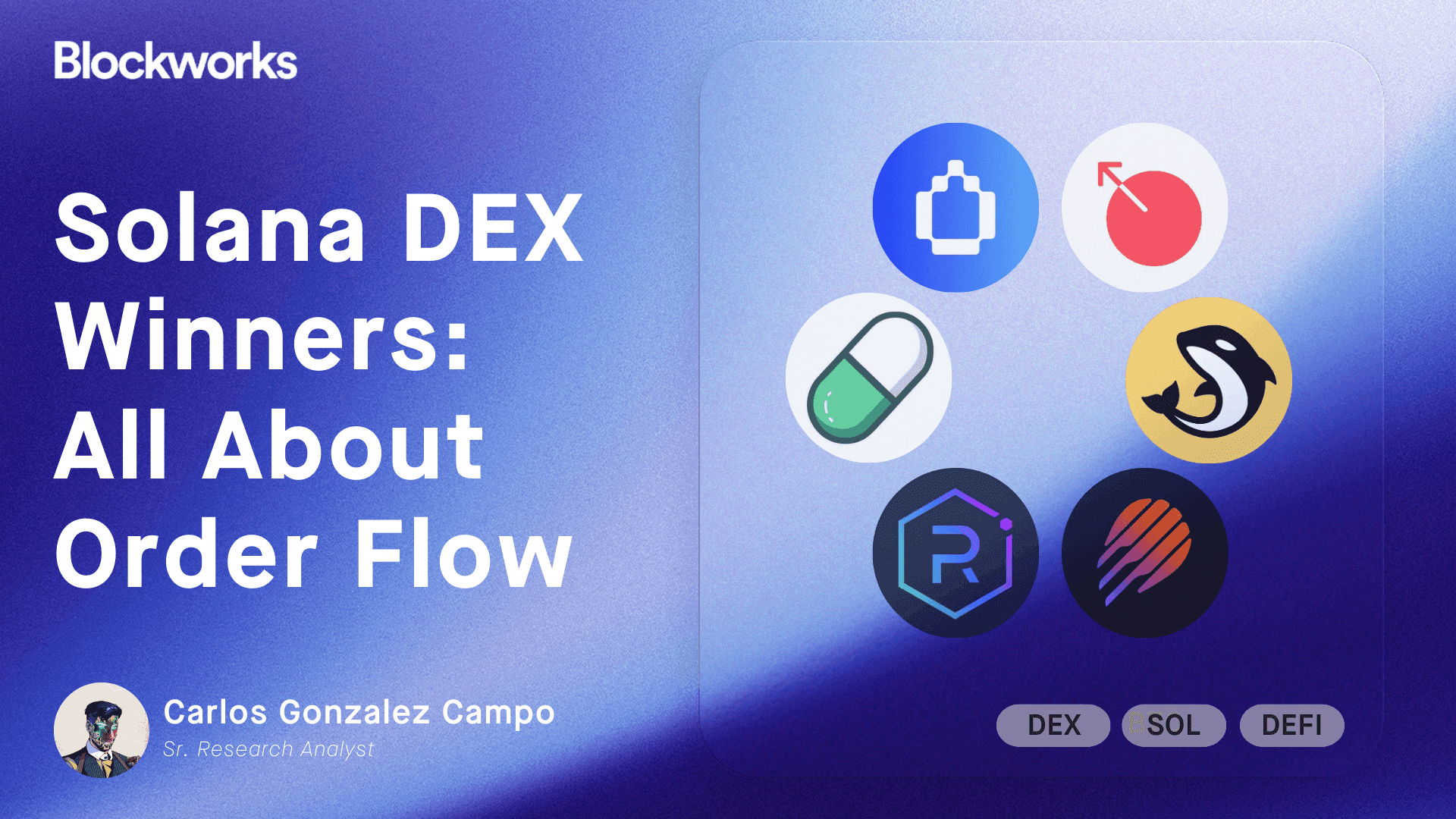Binance and Coinbase are pocketing a lot of SOL
The two largest crypto exchanges respectively run the second- and sixth-largest Solana validators

Artwork by Crystal Le
This is a segment from yesterday’s Lightspeed newsletter. To read full editions, subscribe.
It’s often said that the real money in the gold rush was made by selling shovels.
You could argue that’s the case in crypto right now as well: As Solana eyes an all-time high, it’s the crypto exchanges — where users gain access to their magic internet money — raking in most of the revenue.
Despite the growth of decentralized exchanges relative to centralized ones, Coinbase is still lapping up a lot of the US crypto market, while Binance remains dominant in the east. These exchanges take in funds from trading fees and from their Solana validators, but onchain sleuths have also found the two exchanges to be wasting some of their funds with inefficient transaction processes.
Coinbase and Binance make money in roughly similar ways: When users trade, they take a cut. Their take rate varies but can be quite high (Coinbase charged me $0.99 in fees when I set up a $10 bitcoin order, for instance). Solana accounted for 9% of Coinbase’s transaction revenue for the first half of this year which would add up to roughly $167 million for the exchange, per its most recent financial disclosures. That figure has likely risen in the second half of the year, as Solana continues to showcase impressive price action.
Both exchanges also run Solana validators. Despite charging their stakers an 8% commission that is at the upper end of what most big validators charge, Coinbase and Binance still run the second- and sixth-largest validators, respectively. Operating a validator — which votes on transactions to keep the Solana blockchain running — is quite lucrative for Coinbase and Binance these days.
Assuming a Solana network reward of 8% annually, Coinbase would bring in around $19 million annually at current prices, and Binance would net $13 million. Those numbers would be especially elevated this week: Tips and fees validators brought in last week topped $110 million last week, an all-time high by more than double, according to Blockworks Research data.
It’s perhaps a market inefficiency that Coinbase and Binance, despite offering lower yields than competitors, still dominate staked SOL supply. This highlights the demand for platforms that simplify crypto’s technical complexities.
Interestingly, Coinbase and Binance are perhaps spending more SOL than they should as well.
Coinbase wasted $19,000 in the past week overpaying for computing resources on the Solana network, according to a Dune dashboard. Essentially, Coinbase is overpaying on priority fees by not specifying the exact amount of compute units (which can be thought of like Ethereum gas) it intends to use.
Binance has hiccups on its own part. Blockworks Research’s Dan Smith identified a Binance USDC transfer that paid $8 in priority fees — far higher than what the exchange should be paying for a stablecoin transaction that isn’t competing for blockspace like a memecoin would, for instance.
Do shovels still earn a lot of dough? Of course. But their sellers still have plenty of issues to work out.
Get the news in your inbox. Explore Blockworks newsletters:
- The Breakdown: Decoding crypto and the markets. Daily.
- 0xResearch: Alpha in your inbox. Think like an analyst.






